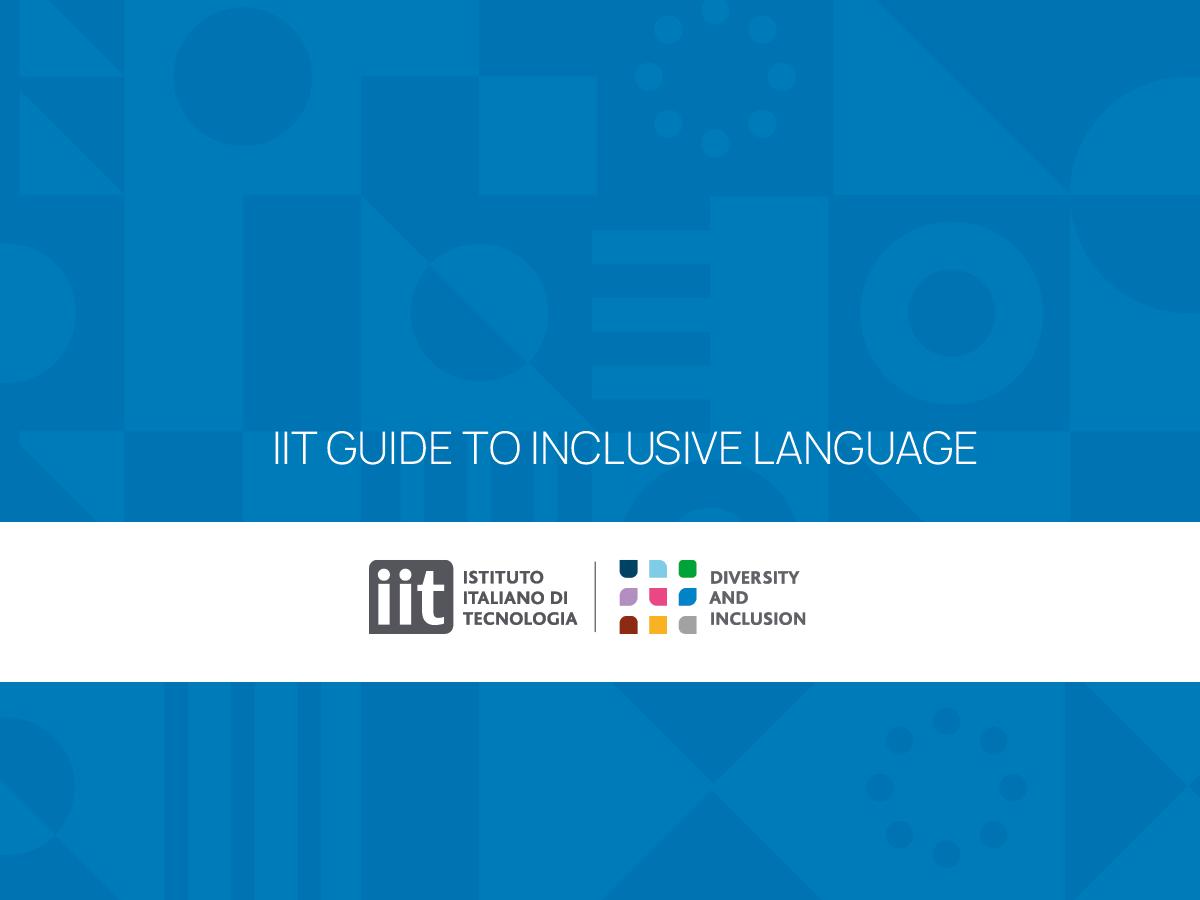Career dreams, goals and achievements from the eyes of a robot
In this part of the column we will present some questions asked to the interviewees to understand how they felt during the experiment, in what relationship they were with the robot before the experiment and how they see robotics and Artificial Intelligence in the future. During the interview, iCub asked the interviewees a set of questions and performed a set of actions meant to evoke different Comfortability levels (i.e, complementing, interrupting, ignoring and/or misunderstanding them).
Ciao Behjat, could you please describe me your PhD project?
I completed my PhD at Nanoscopy & NIC group directed by Prof. Alberto Diaspro. My PhD research was related to Non-Linear Optical Process for the label-free microscope. We constructed a custom-built femtosecond-pulsed near-infrared pump-probe microscope and focused on the optimization microscope for imaging biological and material specimens. Specifically, I used the following contrast mechanisms in a multimodal simultaneous approach: autofluorescence, SFG, SHG, and pump-probe. I applied the imaging methods to different biological targets, i.e., collagen, myosin, and cells. In addition, I modified the setup to collect also stimulated-Raman scattering from tendon and cells. Furthermore, I explored saturation of the transient absorption process using a doughnut-shaped beam, in a STED-like approach, in the imaging of single-layer Graphene (SLG) and Polycarbonate-Nanoparticles. I also collaborated with EPFL (LBEN group headed by Prof. Radenovic) for Multimodal Label-Free imaging of Huntington’s disease. I also completed my PhD abroad period at EPFL in LBEN group 2021.
How can you relate robotics or AI within your research?
I think there are some connection between robotic and Microscopy, or the robot can be designed to do some microscopy in future or a robot can work as operator in Microscopy lab and mange imaging procedure. Furthermore, Robotic microscopes can do automatically scanning and recording specimens, in a manner much faster than humanly possible. Robotic microscopes also let scientists image the exact same location on a sample numerous times over the course of days, weeks or months, a technique of observation known as a longitudinal study. “Huntington’s disease research is one of many areas where the robotic microscope has already had a transformative effect.”
Did you know iCub before you got involved into this experiment?
I had heard about it through my colleagues in IIT.
What did you expect about the interaction with the robot before finding yourself in front of it and how was it once the interview ended?
To be honest, I expected more about this interaction because I have been interested in robots’ role in human life since I was a child. During the interview, I thought it could be different for us who are working in developing technology. At that time, I thought we weren’t right for this test because we all have been working with advanced microscopy techniques and dark room. Even we are running imaging remotely. Thus, I liked to encounter a robot equipped with advanced technology. From my point of view, if these tests had been done in society among people who don’t know more about advanced technology, you could collect correct reactions in interacting with Robots. I remember a TV series was produced in 1999 and they predicted that Robots and men live together and even you cannot recognize them in society. We can use laser knowledge for transportation between earth and other planets. Unfortunately, I cannot remember the name of the series.
Were you comfortable or uncomfortable? Why?
I felt comfortable because I was discovering the Robot at the same time, and I even raised some questions in my mind and conversed with myself. e.g. what it could be, why they considered these questions, etc. Only, when he tried to repeat a sentence several times, it was a bit annoying.
Do you think it was funny?
Somehow yes. I was dealing with another kind machine instead of Microscope, laser and optical tables.
How can you imagine in the future a humanoid robot in your daily life at work or at home?
At work, their presence can be useful in running some experiments and even we can increase the precision of our results (e.g. Raising the capacity to track individual cells through a microscope over time). And we can apply them for some experiments that can be hazardous for humans (e.g. imaging some dangerous samples like Covid-19) without any fear. In daily life, I can consider them as a new hand for doing some activities in the house (e.g. carrying heavy stuff, cleaning and..).
If I remember correctly, in the story of the series which I mentioned previously, it was even possible to be in a relationship with Robots and they had feeling like human beings.
This new column of the online magazine IIT OpenTalk will try to show some aspects of how important and hard is to build robots capable of interacting with humans in a daily basis.
Reference
- M.E.L. Redondo, R.Niewiadomski, F.Rea, S.Incao, A.Sciutti, Can Robots Impact Human Comfortability During a Live Interview?In Companion of the 2021 ACM/IEEE International Conference on Human-Robot Interaction (HRI ’21 Companion), March 8–11, 2021, https://doi.org/10.1145/3434074.3447156
- M.E.L. Redondo, A. Vignolo, R. Niewiadomski, F. Rea, and A. Sciutti. 2020. Can Robots Elicit Different Comfortability Levels?. In Wagner A.R. et al. (eds) Social Robotics. ICSR 2020. Lecture Notes in Computer Science, Vol. 12483. Springer, 664–675. https://doi.org/10.1007/978-3-030-62056-1_55





